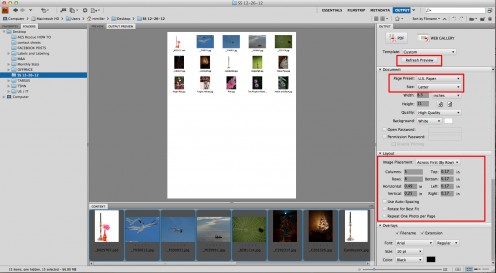
This is fine if you know for sure that there are only. However, this method will only return one image file type - and hide the others. Alternatively, type PNG or JPEG (or any others) for different image types. If you enter JPG into the field, only JPGs from the selected directories will remain visible. The quickest way to hide everything else (and show a single file type) is to use the search field (top right of the Bridge browser window). Use the Search field to hide other file types Although this would group all the JPEGs / JPGs / PNGs etc together, all other file types will also be present. You could select a file type from Sort by Type in the top right corner. However, if you're browsing for images only and there are other files included in the subfolders, you'll have to sift through all the other file types as well: The number of files that appear in the browser window will immediately include everything from within every subfolder contained in the selected directory. If you have a working directory containing several sub-directories and you can't be bothered to click on each one in turn, you can view all the files at once by selecting View/Show Items from Subfolders: View multiple files from numerous folders sumultaneously I'm using Bridge CS6 for the purposes of this demonstration.
#Contact sheet adobe bridge how to
This page briefly explains how to achieve this. However, I use it primarily to browse images at high speed within one or more folders - simultaneously.

5 inches.Using Adobe Bridge to view images and hide other filesĪdobe Bridge is an excellent file browser - and can be used for numerous purposes. Here is a contact sheet of horizontal images only which was set to 3 columns, 4 rows and a vertical and horizontal spacing of. Also, if necessary, crop all images so they match in both height and width.

#Contact sheet adobe bridge professional
Your presentations will look more professional as a result. Instead, group horizontal and vertical images together in separate folders. Use separate foldersĭo not group both horizontal and vertical images together on a page. If the spacing is still not enough, you might want to use cropping bars when you view the images. Creating space allows the images to 'breathe' and be seen alone. With the default the images are very close together and can interfere with each other on the page. It is important to give images some breathing room and use more white space. Instead, fewer columns and rows will create larger images which are easier to see. While you can use the default settings in Photoshop I recommend not doing that, partly because the default settings will create many images on the page which are quite small. Note that each image comes with its own type layer which you can change after the fact. When planning to use contact sheets, check to make sure your file types are supported, first. Of these, the first two file types worked, but not the. Here is the completed contact sheet with the default settings with the following files: JPEG, CR2 and CPT. If you have large files this may take a few minutes. Photoshop will create the page and begin building the contact sheet. When you are satisfied with your setting, click on OK. If there are any more than this in a given folder, additional pages will be created for the remaining images. Note that the above settings allow you to place 30 images on a page. You can choose from the fonts available on your computer. Leave this enabled if you want a caption.

The Rotate For Best Fit option is not enabled and it is recommended to leave it that way.Īt the bottom is Use Filename as Caption. Auto spacing is enabled for both vertical and horizontal at. The default setting is for 5 columns and 6 rows.


 0 kommentar(er)
0 kommentar(er)
